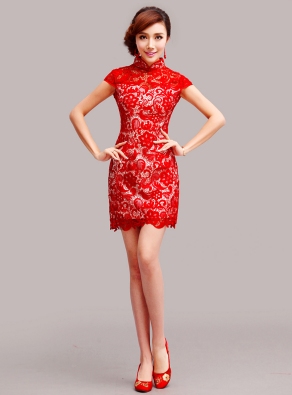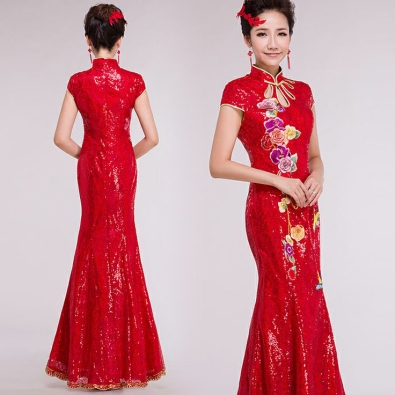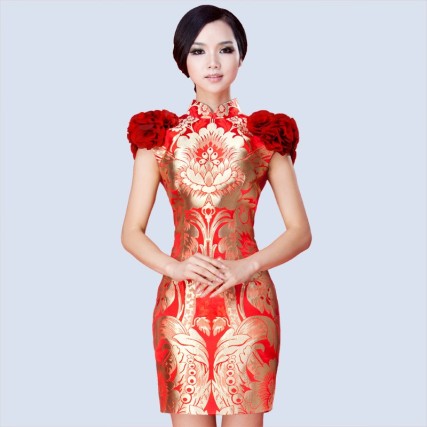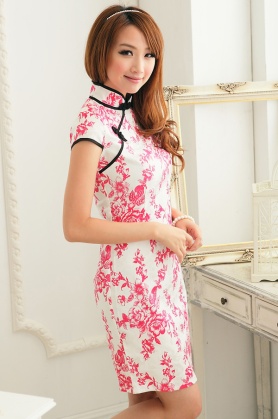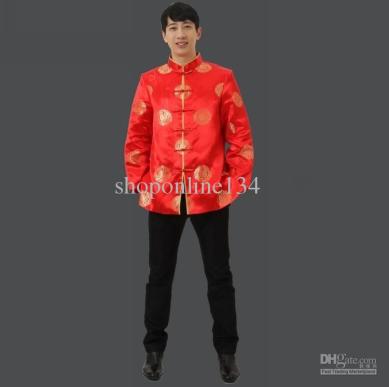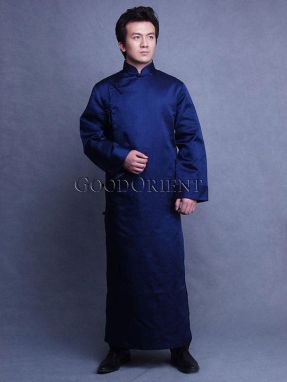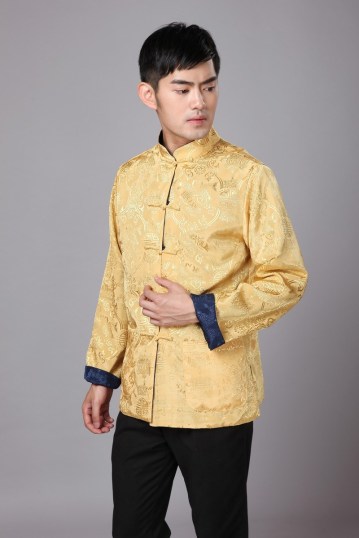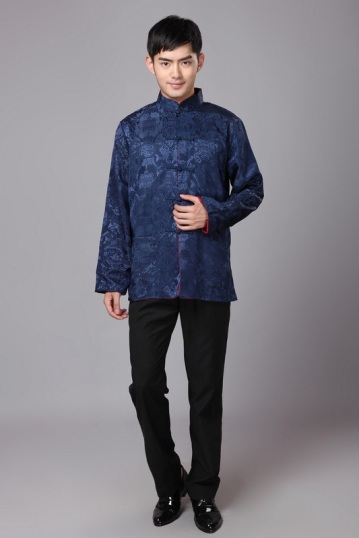CHEONGSAM
The Cheongsam is a traditional Chinese. The cheongsam (“long dress” in Cantonese), also known as qipao in Mandarin, is a dress style typically worn by Chinese women. The cheongsam was at the height of its popularity between the late 1920s and 1960s, when it was the standard dress for many Chinese women residing in China’s urban cities as well as in Hong Kong, Taiwan and Singapore.
CHANGSHAN
Changshan, along with qipao, were introduced to China during the Qing dynasty (17th–20th centuries). The Manchus in 1636 ordered that all Han Chinese should adopt the changshan style of dress or face harsh punishment. However, after the 1644 fall of the Ming dynasty, the Manchu stopped this order, and only required the court and government officials to wear Manchu clothes. Commoners were actually still allowed to wear the hanfu. However, over time, the commoners adopted the changshan and qipao as their own dress.[1] Thus, the traditional Chinese Hanfu style of clothing was gradually replaced. Over time, the Manchu style gained popularity.
Changshan was formal dress for Chinese men before Western-style suits became common in China.
The male changshan went well with the western overcoat, fedora, and scarf, and portrayed a unique East Asian modernity.
The 1949 Communist Revolution ended the wearing of changshan and other similar clothing in Shanghai, but Shanghainese emigrants and refugees brought the fashion to Hong Kong where it has remained popular. Recently there has been a revival of the Shanghainese changshan in Shanghai and elsewhere in mainland China. It is made of silk.
